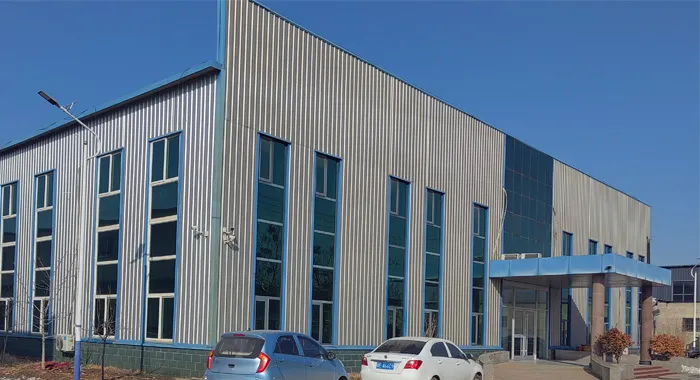
Νοέ . 28, 2024 05:10 Back to list
Understanding Tapered Roller Bearings for Enhanced Load Capacity and Performance Optimization
Understanding Tapered Thrust Roller Bearings
Tapered thrust roller bearings are essential components in various machinery and applications, designed to support axial loads while allowing for angular misalignment. Their unique design and functionality make them widely used in industries such as automotive, aerospace, and heavy machinery. In this article, we will delve into the characteristics, benefits, applications, and maintenance of tapered thrust roller bearings.
Characteristics and Design
Tapered thrust roller bearings consist of a series of tapered rollers arranged between two raceways – the flat thrust surface and the conical surface. This design enables the bearing to accommodate axial loads from one direction while permitting limited radial loads. The tapered shape of the rollers allows for better distribution of load across the bearing surface, leading to enhanced performance and longevity.
The geometry of these bearings is crucial for their operation. The angles and dimensions are specifically designed to ensure minimal friction during operation. The inner ring is often fixed to the rotating shaft, while the outer ring is secured to the housing. This configuration allows the rollers to orientate themselves under load, maintaining efficient contact with the raceways.
Benefits
One of the primary advantages of tapered thrust roller bearings is their ability to handle heavy axial loads. This characteristic makes them ideal for applications that require robust support, such as gear systems and thrust blocks. Additionally, their design allows for improved contact between the rollers and raceways, which reduces the likelihood of wear and extending the bearing's service life.
Another significant benefit is the orientation flexibility these bearings provide. Their tapered design permits a certain degree of misalignment, which is beneficial in applications where precise alignment may not be feasible. This flexibility helps reduce the operational stresses on the machinery, leading to lower maintenance costs over time.
tapered thrust roller bearing

Applications
Tapered thrust roller bearings are employed in a diverse range of applications. In the automotive industry, they are commonly found in manual transmissions, allowing for smooth gear engagement. The aerospace sector also utilizes these bearings in landing gear systems, where they manage the substantial axial loads experienced during takeoff and landing.
In heavy machinery, such as cranes and construction equipment, tapered thrust roller bearings are instrumental in supporting the loading mechanisms and ensuring stability. Their robust design can withstand the harsh conditions often present in industrial environments, making them indispensable in machinery that requires reliability and strength.
Maintenance Considerations
To prolong the lifespan of tapered thrust roller bearings, proper maintenance is essential. Regular inspections should be conducted to check for signs of wear, corrosion, or misalignment. Additionally, ensuring that the bearings are adequately lubricated is crucial for minimizing friction and heat generation during operation.
Using high-quality lubricant that matches the operational conditions can further enhance performance. It is also important to monitor the loading conditions and operating temperatures, as exceeding the specified limits may lead to premature failure.
Conclusion
Tapered thrust roller bearings play a vital role in the functioning of various machinery by providing reliable support for axial loads. Their unique design allows for load distribution, flexibility, and longevity, making them a staple in many industries. By understanding their characteristics, benefits, and maintenance needs, users can optimize their applications and ensure consistent performance. Investing time in proper care and selection of these bearings translates to operational efficiency and reduced downtime, underscoring their importance in modern mechanical systems.
Latest news
-
Grooved Ball Bearing Design and Functionality
NewsJun.04,2025
-
Concrete Mixer Bearing Load Capacity Testing
NewsJun.04,2025
-
6004 Bearing Dimensions in Robotic Joint Designs
NewsJun.04,2025
-
Advantages of Single-Row Deep Groove Ball Bearings
NewsJun.04,2025
-
Applications of Deep Groove Ball Bearings in Automotive Systems
NewsJun.04,2025
-
Innovations in Bearing Pressing Machine Design
NewsJun.04,2025
